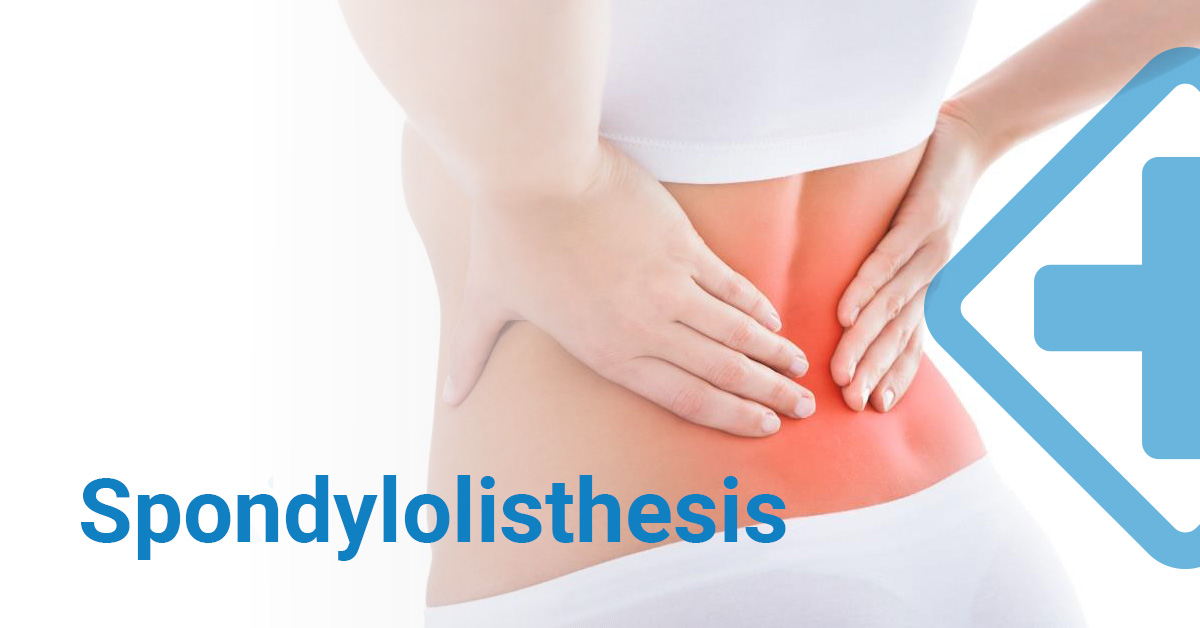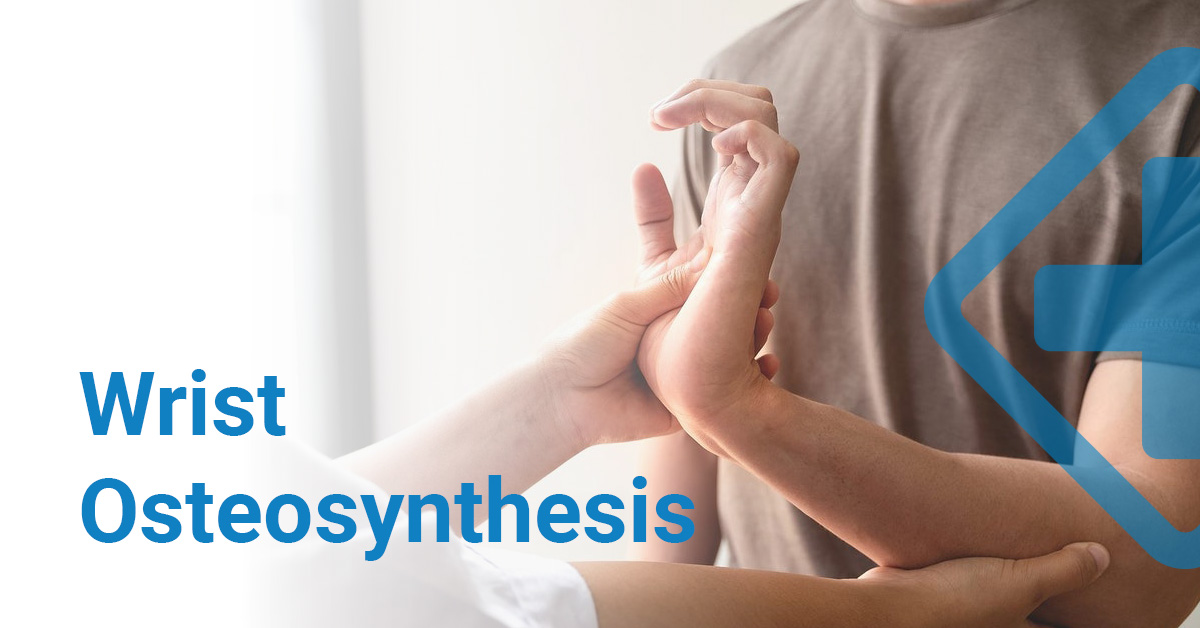
Sciatica
Sciatica pains can be acute, but in most cases, this condition is highly treatable

Sciatica refers to pain or discomfort in the sciatic nerve, the longest nerve in the body that starts in the lower back passing through the hips and buttocks, down to each leg. Typically, sciatic pain affects only one side of the body. The pain is caused when a branch of the nerve is compressed.
Causes of Sciatica
The pain occurs due to compression of the sciatic nerve, caused by a herniated disc in the spine, or it can also be caused by bone growth on the vertebrae. In isolated cases, the pain can be caused by a tumor compressing the nerve, or conditions like diabetes can damage the nerve.
Common Symptoms of Sciatica
Common symptoms include:
-
Intense pain runs from the lower part of the spine to the buttocks and legs
-
Discomfort along the path of the sciatic nerve, more often from the lower back to the buttocks and the back of the thighs and calf
-
Numbness, tingling, or weakness in the affected leg or foot
Risk Factors
-
Age
-
Being overweight
-
Jobs that require constant heavy lifting
-
Sitting for long periods
-
Having Diabetes
Diagnosis
During diagnosis, an Orthopedist and Traumatologist will evaluate muscle strength and reflexes. They may ask the patient to walk on their toes or heels, squat and rise, lie on their back, and lift one leg at a time. Performing these activities usually intensifies the discomfort caused by sciatica.
The Orthopedist and Traumatologist may also request imaging tests like X-rays or MRI to rule out herniated discs or bone spurs. Only when the pain increases in intensity and symptoms do not improve in weeks will these exams be requested.
Treatment
Sciatica pains can be acute, but in most cases, this condition is highly treatable within weeks with non-surgical procedures. Patients with severe cases showing significant leg weakness or bowel or bladder impairments might be candidates for surgery.
Here are some treatments the Orthopedist may recommend:
Medications
-
Anti-inflammatories
-
Muscle relaxants
-
Sedatives
Physiotherapy
When acute pain decreases, the Orthopedist or Physiotherapist may design a customized rehabilitation program to help prevent future injuries. These programs include exercises to correct posture, strengthen back muscles, and improve flexibility.
Steroid Injections
The Orthopedist and Traumatologist might suggest injecting a steroid into the affected nerve area to reduce pain and help deflate the area around the irritated nerve. Generally, this treatment wears off in a few months. The number of steroid injections one can receive is limited, as applying them too frequently can produce side effects.
Surgery
This alternative is reserved when the compressed nerve causes significant weakening and bowel or bladder control loss. Surgery may also be suggested when pains progressively worsen, and therapies do not result in progress.
Living with Sciatica
Sciatica usually goes away over time, and there are various alternatives alongside the Orthopedist's suggestions that can be performed at home to decrease and control symptoms. Applying cold packs to the area where pain is felt several times daily for about 20 minutes will relieve symptoms. After two or three days, applying hot packs is also very helpful.
Lower backstretches can help you feel better. It is recommended to hold the position for at least 30 seconds.
Over-the-counter medications like Ibuprofen and naproxen sodium can also be helpful.
Alternative medicine can be an excellent ally alongside other treatments prescribed by the Orthopedist. Acupuncture and chiropractic are some therapies that can help relieve lower back pain.
When Should I Visit the Doctor?
If the pain does not improve in more than a week or worsens, consult an Orthopedist and Traumatologist to help alleviate symptoms and diagnose the best treatment.
When consulting the Orthopedist and Traumatologist, it is advisable to keep a record of when the pains start and a detailed description of the symptoms, duration, and possible causes that may have triggered it. If you are already taking any medication, it is essential to report it to the specialist. The symptoms of sciatica are highly manageable, and learning to prevent them is the first step to living pain-free. Make your appointment at BlueNetHospitals and say goodbye to that annoying pain.
BlueNetHospitals
BlueNet Hospitals - Blue Net Hospitals
Health Library
Orthopedics and Traumatology

Hip Dysplasia
The symptoms of hip dysplasia vary depending on the individual's age
Osteoarthritis
Osteoarthritis is a disease that affects the joints in the body.
Kyphosis or Scheuermann’s disease
Causes, Symptoms, Diagnosis and Treatment. Schedule your appointment at BlueNetHospitals
Wrist Ostheosynthesis
Surgery performed to help relieve pain and improve mobility and function in severely damaged wrist joints. Schedule your Appointment Today.
- Do You Need an Appointment with a Specialist?
- call us
- write us
- let's talk





